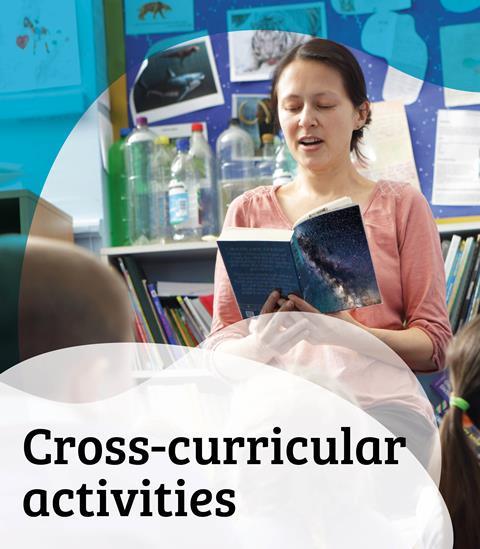Explore the materials in football equipment
Materials chemistry has revolutionised the game of football and given us the balls, gloves, and goalposts we play with.
Skill development
Children will develop their working scientifically skills by:
- Selecting and planning the most appropriate ways to answer science questions, recognising and controlling variables where necessary, including:
- Carrying out comparative and fair tests.
- Researching using a wide range of secondary sources of information.
- Using a range of scientific equipment to take accurate and precise measurements or readings, with repeat readings where necessary.
- Drawing conclusions and raising further questions that could be investigated based on their data and observations.
Learning outcomes
Children will:
- Compare and group together everyday materials on the basis of their properties, including their hardness, solubility, transparency, conductivity (electrical and thermal), and response to magnets.
- Give reasons, based on evidence from comparative and fair tests, for the particular uses of everyday materials including metals and plastic.
Concepts supported
Children will learn:
- The difference between natural and man-made (manufactured) materials, and that a material is not necessarily man-made simply because the shape or appearance has been changed.
- That the properties of a material determine its suitability for different purposes.
Suggested activity use
This activity could be used as a starter for an investigation, where children could determine the suitability of different materials for use in a pair of goalkeeping gloves. In doing so, children can demonstrate their understanding of friction and how this is beneficial for goalkeepers. The investigations could involve children pulling materials across a surface, measuring the force required.
Alternatively, children could investigate the ‘quality’ of footballs and whether more expensive balls are better than cheaper ones. A range of tests could be designed and carried out by children to look at what makes the ‘best’ football, for example how bouncy it is. Children could also look at different materials used for goalposts, and how metal goalposts rust over time.
Practical considerations
While the resource is good for providing background information, it should be linked to children testing materials in a practical way.
children may need to revise prior knowledge, for example what friction is, prior to starting practical activities.
Also, children may need support in determining the criteria to be measured when determining the best material for goalkeeper gloves or a football.
Try these additional resources
- Read up on the background science for properties of materials and their everyday uses with our That’s Chemistry! chapter.
- Browse the Primary Science Teaching Trust’s provision maps for teaching early years (age 3–5 years), including a map for football.
- For learners aged 9–11 years try City Science Stars, practical science activities that link to football, other sports and space.
Downloads
Football: student worksheet
Handout | PDF, Size 70.88 kbFootball: teacher notes
PDF, Size 0.2 mbChemistry and sport - football presentation
Presentation | PowerPoint, Size 1.17 mb












No comments yet